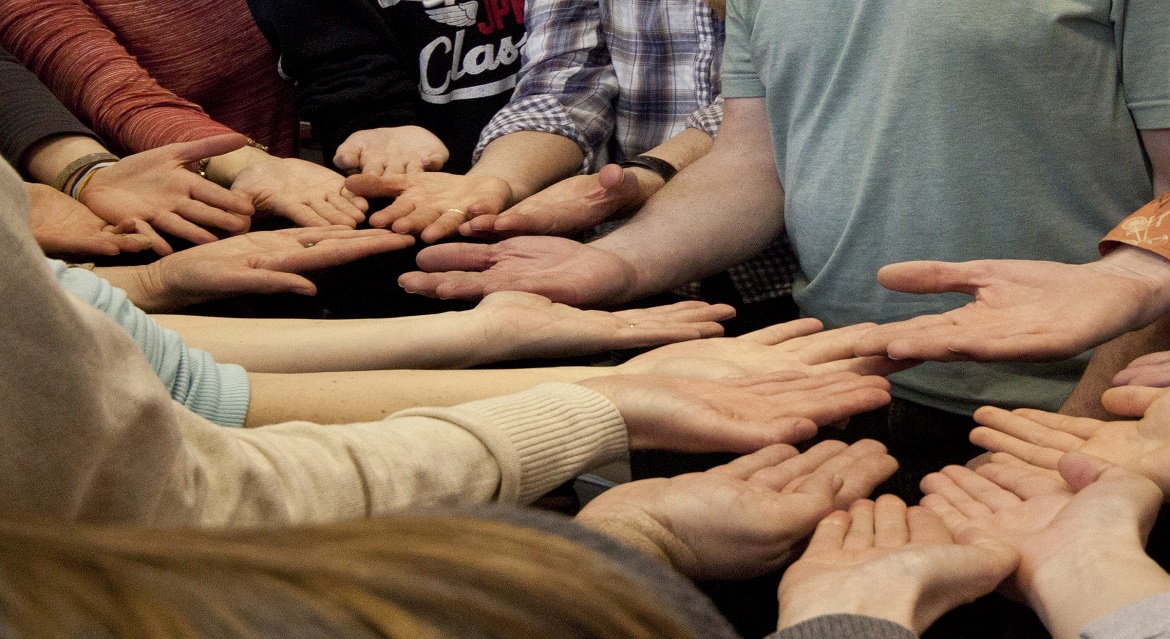Citizen scientists sought for pioneering hand identification research
Published On Wed 13 Feb 2019 by Grant Hill

A new research project investigating what makes a person’s hands unique will call on 5000 ‘citizen scientists’ to contribute images to the world’s first searchable database of the anatomy and variations of the human hand.
The 2.5M Euro project called H-Unique, funded by the European Research Council and led by Lancaster University in collaboration with the University of Dundee, will build on the ground-breaking research techniques pioneered by forensic anthropologist Professor Dame Sue Black.
These techniques, pioneered by Professor Black while at Dundee, have previously been used successfully in Court to identify individuals from images of their hands in relation to child abuse cases.
Professor Black, now based at Lancaster University, explained, “The hand retains and displays many anatomical differences due to our genetics, development, environment or even accidents so each person’s hands are different. Now for the first time, researchers will analyse all the factors that make a hand truly unique so we can understand and use them reliably as evidence to identify individuals.
“A significant step change is required in the science to both reliably and repeatedly extract and compare anatomical information from large numbers of images especially when the hand is not in a standard position or when either the resolution or lighting in the image is not ideal.”
The project, which also includes researchers from Dundee’s Leverhulme Research Centre in Forensic Science and Duncan of Jordanstone College of Art & Design, will combine ‘hard biometrics’, such as fingerprints with ‘soft biometrics’ for example superficial vein pattern, skin crease pattern, scars, tattoos and pigmentation.
This has not previously been attempted from images of the hand and will be supported by an interdisciplinary collaboration of anatomists, anthropologists, geneticists, bioinformaticians, image analysts and computer scientists.
The research opens up the opportunity to develop new and exciting biometric capabilities that have a wide range of real-world applications, such as security access, border control and assisting in the investigation of serious and organised crime on a global level.
Later this year, researchers will collect images from more than 5000 participants, creating an active, open-source dataset. Researchers will examine and address the effects of variable image conditions on data extraction and will design algorithms to be able to search across large numbers of stored images of variable quality. This will provide a major novel breakthrough in the study of anatomical variation.
The European Research Council has provided 2.5M Euro of funding for the five year H-Unique project.
Anyone interested in finding out more about the project, or signing up for it, should visit www.lancaster.ac.uk/h-unique.
For media enquiries contact:
Grant Hill
Press Officer
University of Dundee
Nethergate, Dundee, DD1 4HN
Tel: +44 (0)1382 384768
Mobile: 07854 953277
Email: g.hill@dundee.ac.uk